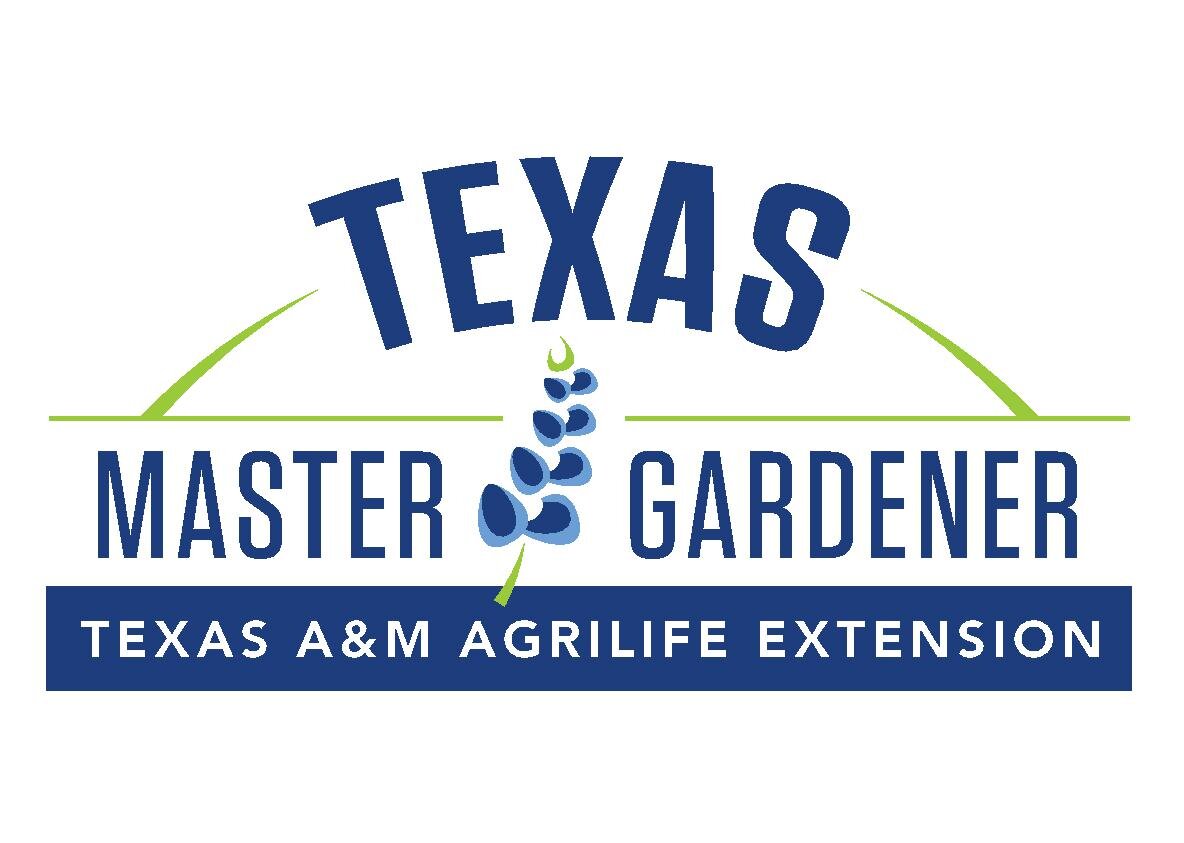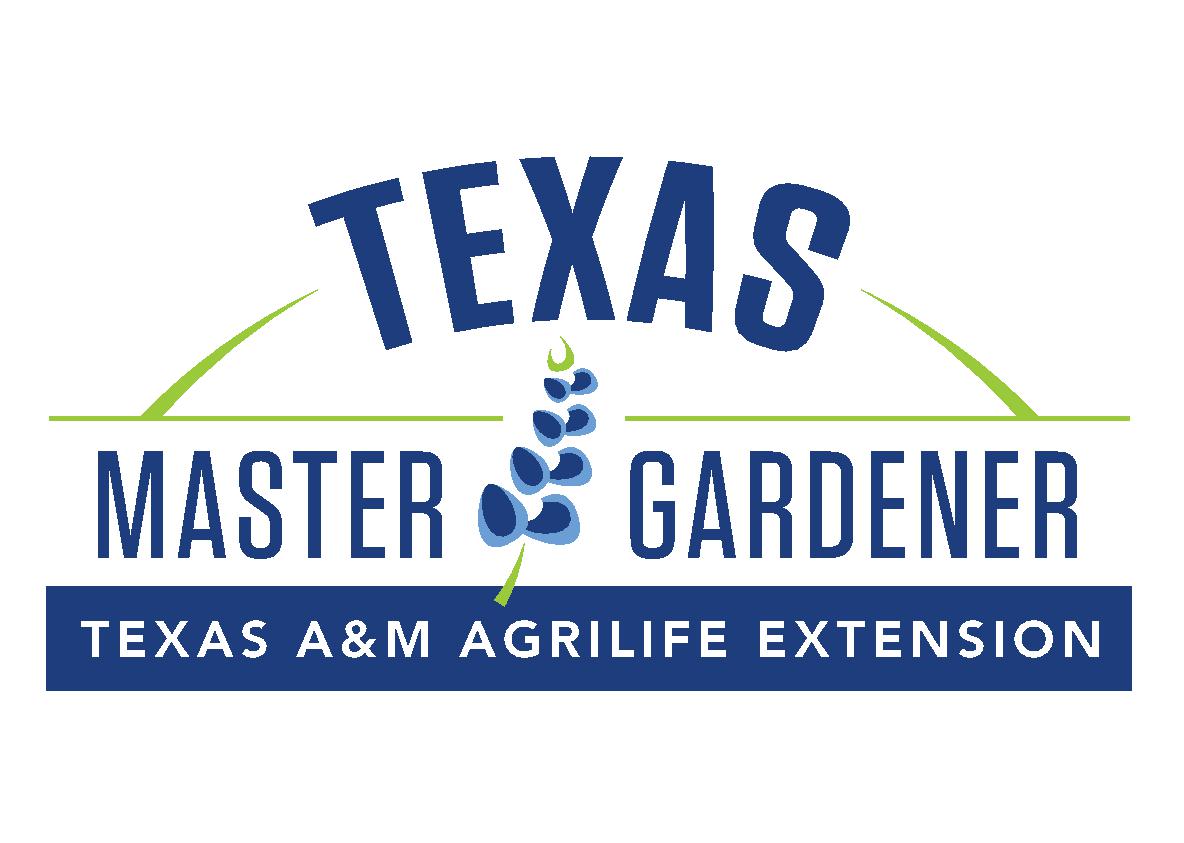The Basics
New to Hill Country Gardening?
Kerr, Gillespie and Bandera counties are located on the Edwards Plateau of the Texas Hill Country. It is
usual for a home gardener in this area to find only a few inches of soil over a bed of limestone or rock-hard caliche*. The soil is typically alkaline, meaning that Texas mountain laurel and pecan trees will grow better than acid-loving azaleas or rhododendrons.
The altitude in these counties ranges from 1100 to 2300 feet above sea level. The average temperatures range from a low in the 30s in the winter to the mid-90s in summer. Winters are short and snow is rare, but ice storms may occur when the temperature drops below freezing. Average yearly rainfall is about 30 inches, but no year is average. A weeks or months-long drought may be followed by torrential downpours. Most local public water suppliers impose watering restrictions during periods of drought, and in some cases, year-round.
Hungry deer are everywhere, and gardeners must outwit them to protect their best plants from destruction.
But there are many rewards for the Hill Country gardener, such as clear blue skies, beautiful views and gorgeous spring wildflowers. The generally dry weather means that there are fewer plant diseases. The gardener may choose from a wide selection of beautiful trees, shrubs and flowering plants that are native to this area. The Hill Country has a warmer climate (Growing Zone 8) than most of the United States. The growing season is warm enough for some semi-tropical plants and long enough to allow for two crops of vegetables.
Tips for Successful Gardening:
■ Grow native plants, as these tend to be drought-tolerant, disease and deer-resistant, and likely to enjoy
the soil you already have.
■ Choose fruit and vegetable varieties that are recommended for the area.
■ Plant in raised beds where possible and amend the soil with organic material.
■ Use fencing and wire cages to protect plants, especially new ones, from deer and other creatures.
■ Conserve water by minimizing turf areas, mulching plants and using drip irrigation or soaker hoses.
Consider installing a rainwater harvesting system, such as a do-it-yourself rain barrel or a larger,
professionally installed system.
Happy to share what I have learned,
Anne Moss, HCMG
*Caliche: a hardpan containing calcareous deposits, especially calcium carbonate; often found in arid areas such as in the southwest US.



